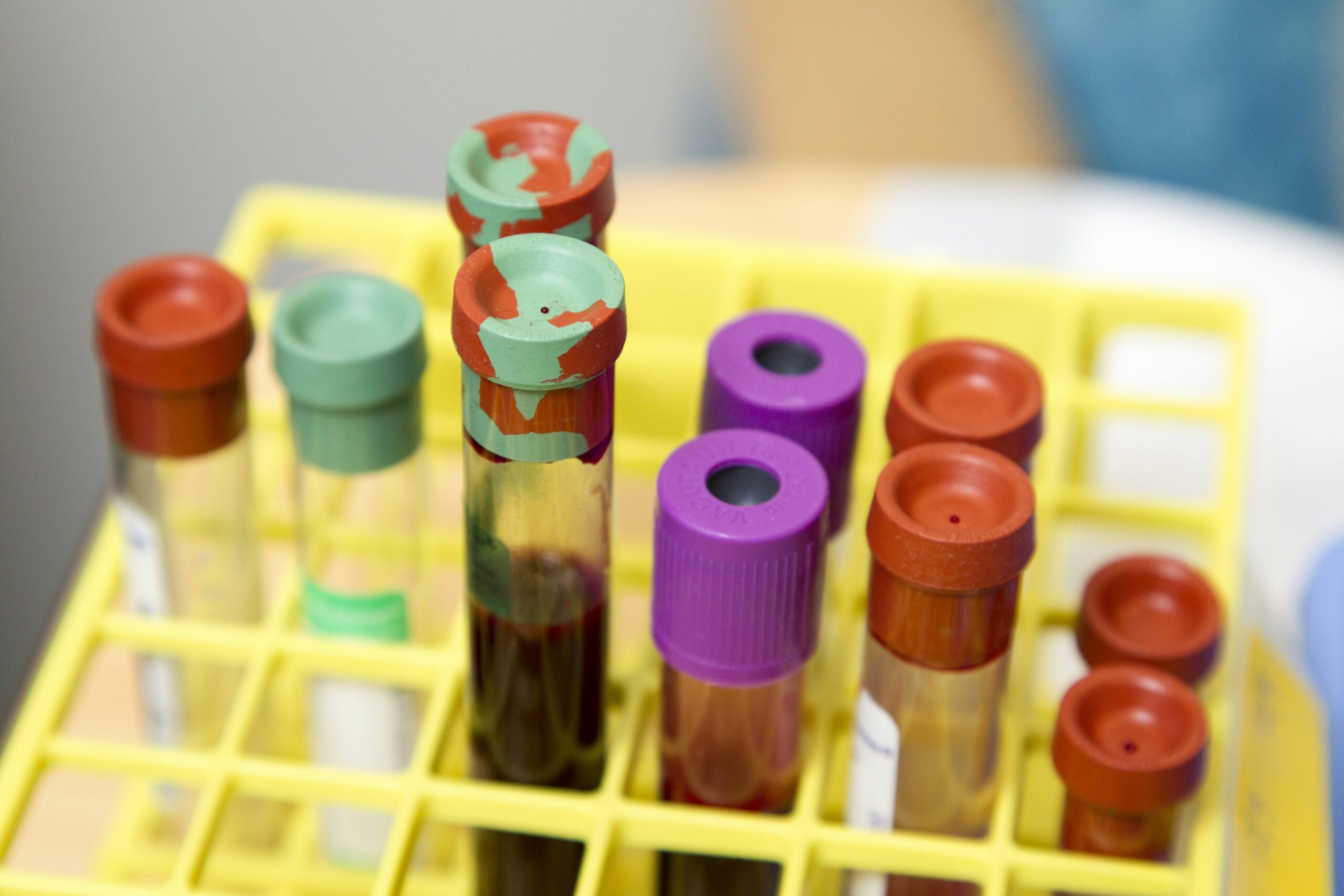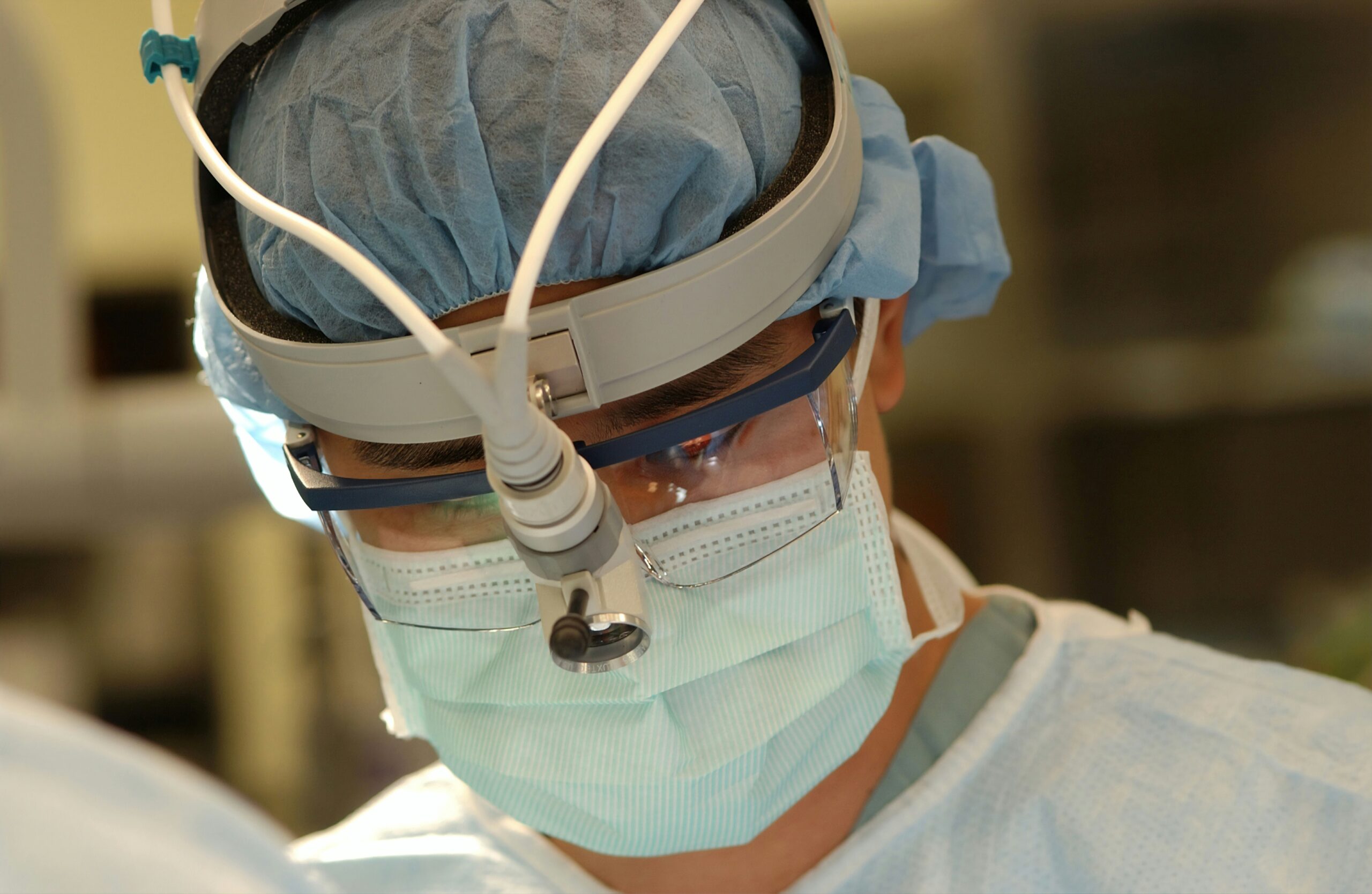Have you ever wondered where exactly the prostate is located in your body? The prostate, a small gland that plays a crucial role in male reproductive health, is nestled just below the bladder and in front of the rectum. It surrounds the urethra, the tube responsible for transporting urine and semen out of the body. Understanding the location of the prostate is essential for maintaining prostate health and identifying potential issues or abnormalities. Let's explore the fascinating world of the prostate gland and its precise position in your body.

Basics of Prostate Gland
Defining the Prostate Gland
The prostate gland is a small, walnut-shaped gland that is a part of the male reproductive system. It is located just below the bladder and surrounds the urethra, which is the tube responsible for carrying urine from the bladder out of the body. The prostate gland produces a milky fluid that forms a part of semen, the fluid that carries sperm during ejaculation.
Importance of the Prostate Gland in the Body
The prostate gland plays a crucial role in the male reproductive system. It is responsible for producing seminal fluid, which nourishes and protects the sperm. The fluid produced by the prostate gland helps to enhance the motility of the sperm, increasing their chances of fertilizing an egg. Additionally, the prostate gland also helps to control the flow of urine by relaxing and contracting the muscles around the urethra.
Common Prostate Gland Functions
The prostate gland performs several important functions in the body. Some of the key functions of the prostate gland include:
-
Producing and releasing prostatic fluid: The prostate gland produces and secretes a fluid that forms a part of semen. This fluid provides nutrients and protection to the sperm, aiding in their survival.
-
Enhancing sperm motility: The prostatic fluid produced by the prostate gland helps to increase the motility of the sperm, making them more effective in reaching and fertilizing an egg.
-
Controlling urine flow: The prostate gland surrounds the urethra, which carries urine out of the body. The muscles of the prostate gland help to relax and contract, regulating the flow of urine and preventing leakage.
Physical Attributes of the Prostate Gland
Size and shape of the Prostate Gland
The size and shape of the prostate gland can vary from person to person. On average, the prostate gland is approximately the size of a walnut, measuring about 4 centimeters in diameter. However, as a person ages, the prostate gland tends to slowly increase in size, a condition known as benign prostatic hyperplasia (BPH).
External Appearance and Structure
Externally, the prostate gland is situated just below the bladder and in front of the rectum. It can be felt during a digital rectal examination (DRE), where a healthcare provider inserts a lubricated gloved finger into the rectum to assess the size, texture, and any abnormalities of the prostate gland. The external surface of the prostate gland is smooth and rubbery, allowing for easy palpation during a DRE.
Location of the Prostate in the Body
Prostate Gland in Relation to Other Organs
The prostate gland is located in close proximity to several other organs within the male reproductive system. It is situated just below the bladder and in front of the rectum. The seminal vesicles, which produce a significant portion of the seminal fluid, are positioned just above the prostate gland. Additionally, the prostate gland is surrounded by the pelvic muscles and connects to the urethra, allowing for the passage of semen and urine.
Positioning of the Prostate in the Male Pelvic Area
Within the male pelvic area, the prostate gland is positioned in the lower part of the pelvis, just behind the pubic bone. It is situated between the bladder and the rectum, with the urethra passing through the middle of the prostate gland. This positioning allows for the proper functioning of the prostate gland in both the reproductive and urinary systems.
Surrounding Structures of the Prostate Gland
Anatomical Structures Above the Prostate
Above the prostate gland, there are several important anatomical structures. Most notably, the bladder lies just above the prostate gland. The bladder is responsible for storing urine and is connected to the prostate gland through the urethra. Additionally, the seminal vesicles, which produce seminal fluid, are situated on top of the prostate gland.
Anatomical Structures Beneath the Prostate
Beneath the prostate gland lies the rectum. The rectum is the last part of the large intestine and is responsible for the temporary storage of feces before they are eliminated from the body. The proximity of the rectum to the prostate gland allows for easy access during a digital rectal examination, an important screening tool for prostate health.
Anatomical Structures Adjacent to the Prostate
The prostate gland is surrounded by several important anatomical structures. On the sides of the prostate gland, the prostate is in direct contact with the levator ani muscles, which are part of the pelvic floor. These muscles provide support to the pelvic organs, including the prostate gland.

Internal Anatomy of the Prostate
Zones of the Prostate Gland
The internal anatomy of the prostate gland is divided into several zones. The peripheral zone is the largest zone and surrounds the inner part of the gland. This zone is where most prostate cancers occur. The central zone is responsible for producing prostatic fluid and is located in the middle of the gland. The transition zone, found at the back of the gland, is responsible for the enlargement of the prostate gland that occurs with age.
Vasculature of the Prostate Gland
The prostate gland receives its blood supply from several arteries, including the prostatic artery and the vesical arteries. These arteries provide oxygen and nutrients to the prostate gland, ensuring its proper function. The blood vessels within the prostate gland are intricately connected and form a dense network.
Nerve Supply to the Prostate Gland
The prostate gland is innervated by the autonomic nervous system. Nerves from the sympathetic and parasympathetic divisions of the autonomic nervous system innervate the prostate gland. These nerves play a crucial role in the regulation of various prostate functions, including ejaculation and the flow of prostatic fluid.
Role of the Prostate Gland in Reproduction
Production of Prostate-Related Substances
The prostate gland produces and releases various substances that are essential for the reproductive process. One of the key substances produced by the prostate gland is prostatic fluid. This fluid, along with seminal fluid produced by other organs, nourishes and protects the sperm during ejaculation. Additionally, the prostate gland also produces enzymes and proteins that aid in the liquefaction of semen, allowing for easier movement of sperm.
Prostate Gland's Involvement in Ejaculation
The prostate gland plays a crucial role in the process of ejaculation. During sexual arousal, the muscles of the prostate gland contract, leading to the release of prostatic fluid into the urethra. This fluid mixes with the seminal fluid from the seminal vesicles and sperm from the testes to form semen. The contraction of the muscles around the prostate gland helps propel the semen through the urethra and out of the body during ejaculation.

Diseases and Conditions of the Prostate
Common Disorders of the Prostate
Several disorders can affect the prostate gland, causing various symptoms and complications. Some of the common disorders of the prostate include prostatitis, which is inflammation of the prostate gland; benign prostatic hyperplasia (BPH), which is the enlargement of the prostate gland; and prostate cancer, which is the abnormal growth of cells in the prostate gland.
Prostate Cancer
Prostate cancer is one of the most prevalent cancers among men worldwide. It occurs when abnormal cells in the prostate gland start to grow uncontrollably, forming tumors. Prostate cancer can cause symptoms such as difficulty urinating, blood in the urine or semen, and pain in the lower back or hips. Early detection through regular screening tests, such as a prostate-specific antigen (PSA) blood test and a digital rectal examination (DRE), can significantly improve the chances of successful treatment.
Prostatitis and Benign Prostatic Hyperplasia
Prostatitis refers to inflammation or infection of the prostate gland and can cause symptoms such as pain or discomfort in the pelvic area, frequent urination, and pain during ejaculation. Benign prostatic hyperplasia (BPH), on the other hand, is a non-cancerous enlargement of the prostate gland that commonly occurs as men age. BPH can lead to symptoms such as frequent urination, weak urine flow, and difficulty completely emptying the bladder.
Diagnosis and Detection of Prostate Abnormalities
Physical Examination of the Prostate
A physical examination of the prostate, known as a digital rectal examination (DRE), is often performed to assess the size, texture, and any abnormalities of the prostate gland. During a DRE, a healthcare provider inserts a lubricated gloved finger into the rectum to feel the prostate gland. This examination can help detect any abnormalities, such as the presence of tumors or signs of inflammation.
Use of Diagnostic Imaging Techniques
In addition to a DRE, diagnostic imaging techniques may be used to further evaluate the prostate gland. These imaging techniques, such as ultrasound, magnetic resonance imaging (MRI), and computed tomography (CT) scans, provide detailed images of the prostate gland and can help detect any abnormalities, including tumors or changes in size.
Laboratory Tests for Prostate Evaluation
Laboratory tests, such as a prostate-specific antigen (PSA) blood test, are commonly used to assess the health of the prostate gland. The PSA test measures the levels of a protein called prostate-specific antigen in the blood. Elevated PSA levels can indicate the presence of prostate abnormalities, including prostate cancer. However, it is important to note that an elevated PSA level does not necessarily mean a person has prostate cancer, as other factors can also affect PSA levels.

Treatment Options for Prostate Issues
Non-Surgical Interventional Procedures
Non-surgical interventional procedures are often used to treat prostate issues, such as benign prostatic hyperplasia (BPH). These procedures aim to relieve symptoms and improve urine flow without the need for open surgery. Examples of non-surgical interventional procedures include transurethral resection of the prostate (TURP), laser therapy, and prostate artery embolization.
Surgical Treatment for Prostate Disorders
In some cases, surgical treatment may be necessary to address prostate disorders. Surgery may be recommended for conditions such as prostate cancer, where the goal is to remove the cancerous tissue. Common surgical procedures for prostate disorders include radical prostatectomy, transurethral resection of the prostate (TURP), and robotic-assisted laparoscopic prostatectomy.
Pharmacological Therapies
Pharmacological therapies, such as medications, are often prescribed to manage prostate disorders. For example, medications known as alpha-blockers can help relax the muscles of the prostate gland and improve urine flow in individuals with benign prostatic hyperplasia (BPH). Additionally, hormone therapy, chemotherapy, and immunotherapy are used in the treatment of prostate cancer, depending on the stage and characteristics of the cancer.
Prevention and Maintenance of Prostate Health
Practices for Ensuring Prostate Health
Maintaining prostate health is essential in reducing the risk of developing prostate disorders. Some practices that can help ensure prostate health include:
-
Maintain a healthy diet: Consuming a balanced diet rich in fruits, vegetables, whole grains, lean proteins, and healthy fats can contribute to overall prostate health. Foods such as tomatoes, broccoli, and green tea have been associated with a reduced risk of prostate cancer.
-
Regular exercise: Engaging in regular physical activity can help maintain a healthy weight and reduce the risk of prostate disorders. Aim for at least 150 minutes of moderate-intensity aerobic exercise, such as brisk walking or cycling, per week.
-
Stay hydrated: Drinking an adequate amount of water is important for maintaining overall health, including prostate health. Aim for at least 8 cups (64 ounces) of water per day.
-
Maintain a healthy weight: Obesity has been linked to an increased risk of prostate disorders, including prostate cancer. Strive to maintain a healthy weight through a combination of healthy eating and regular exercise.
The Role of Diet in Prostate Health
Diet plays a significant role in maintaining prostate health. Some dietary factors that have been associated with improved prostate health include:
-
Consuming a variety of fruits and vegetables: Fruits and vegetables are rich in essential vitamins, minerals, and antioxidants that can help reduce the risk of prostate disorders. Aim to include a colorful variety of fruits and vegetables in your daily diet.
-
Choosing healthy fats: Opt for healthy fats, such as those found in nuts, seeds, avocados, and fatty fish like salmon. These fats provide important nutrients and can help reduce inflammation in the body.
-
Limiting red and processed meats: Red and processed meats have been associated with an increased risk of prostate cancer. Limit your intake of these meats and opt for lean sources of protein, such as poultry, fish, and plant-based proteins.
-
Drinking green tea: Green tea contains compounds that have been shown to have anti-cancer properties and may help protect against prostate cancer. Incorporate green tea into your daily routine for added health benefits.
In conclusion, the prostate gland is an essential part of the male reproductive system, playing a vital role in reproduction and urinary control. Understanding the basics of the prostate gland, its physical attributes, location, and surrounding structures can help promote awareness of prostate health. Regular screenings, such as physical examinations and laboratory tests, are crucial for the early detection of potential abnormalities. By maintaining a healthy lifestyle, engaging in regular exercise, and adopting a balanced diet, individuals can take proactive steps towards ensuring the long-term health and well-being of their prostate gland.


